How much do you know about solar panel purchasing skills?
 Feb 14,2022
Feb 14,2022 
Classification, composition and working principle of solar photovoltaic system
 Feb 14,2022
Feb 14,2022 
Worried about running out of electricity for outdoor camping?
 Feb 11,2022
Feb 11,2022 
Detailed explanation of off-grid solar power generation system
 Feb 11,2022
Feb 11,2022 
Promote solar and wind power generation system technology to become the main energy of the future
 Feb 09,2022
Feb 09,2022 
Complementary hybrid PV systems reduce reliance on energy storage
 Feb 09,2022
Feb 09,2022 
What effect does low temperature have on lithium batteries?
 Feb 09,2022
Feb 09,2022 
Wind and Solar Hybrid Power Systems
 Jan 21,2022
Jan 21,2022 
How to make energy storage power stations safer and more reliable?
 Jan 18,2022
Jan 18,2022 



 Home
Home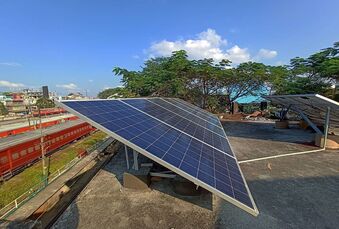
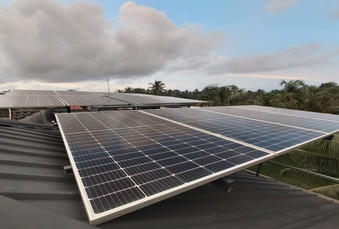
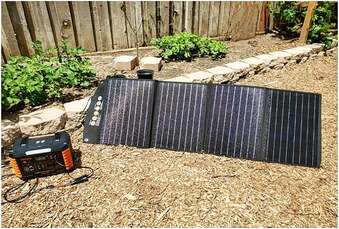
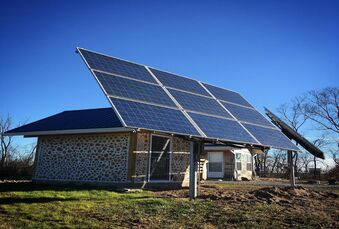
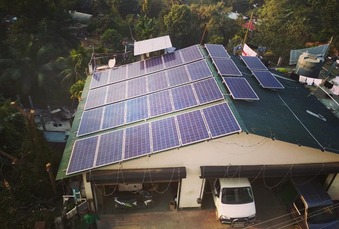
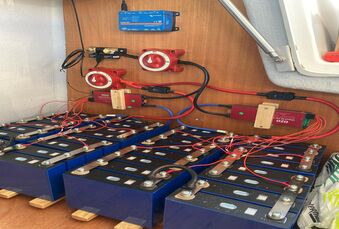
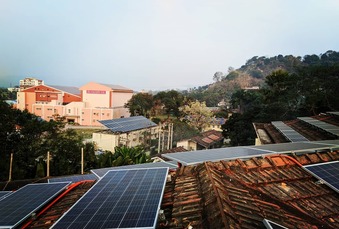
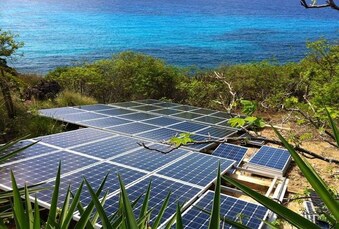









 syplighting.en.alibaba.com
syplighting.en.alibaba.com



